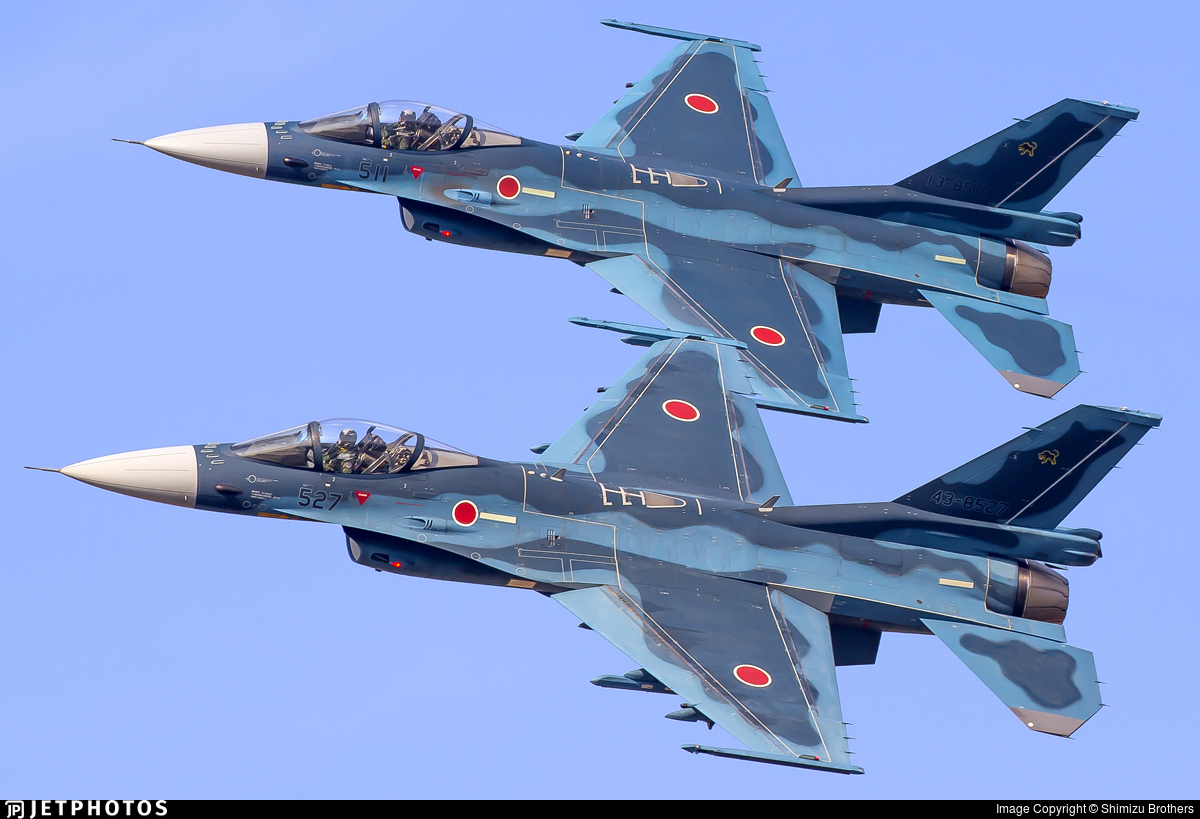The world of military aviation has been graced with the presence of three remarkable delta-winged fighter aircraft: the Dassault Rafale, the Saab Gripen, and the Eurofighter Typhoon. These agile and versatile machines have captured the imagination of aviation enthusiasts and military strategists alike. In this article, we will delve into the unique capabilities of each of these aircraft and explore their roles in the modern air combat landscape.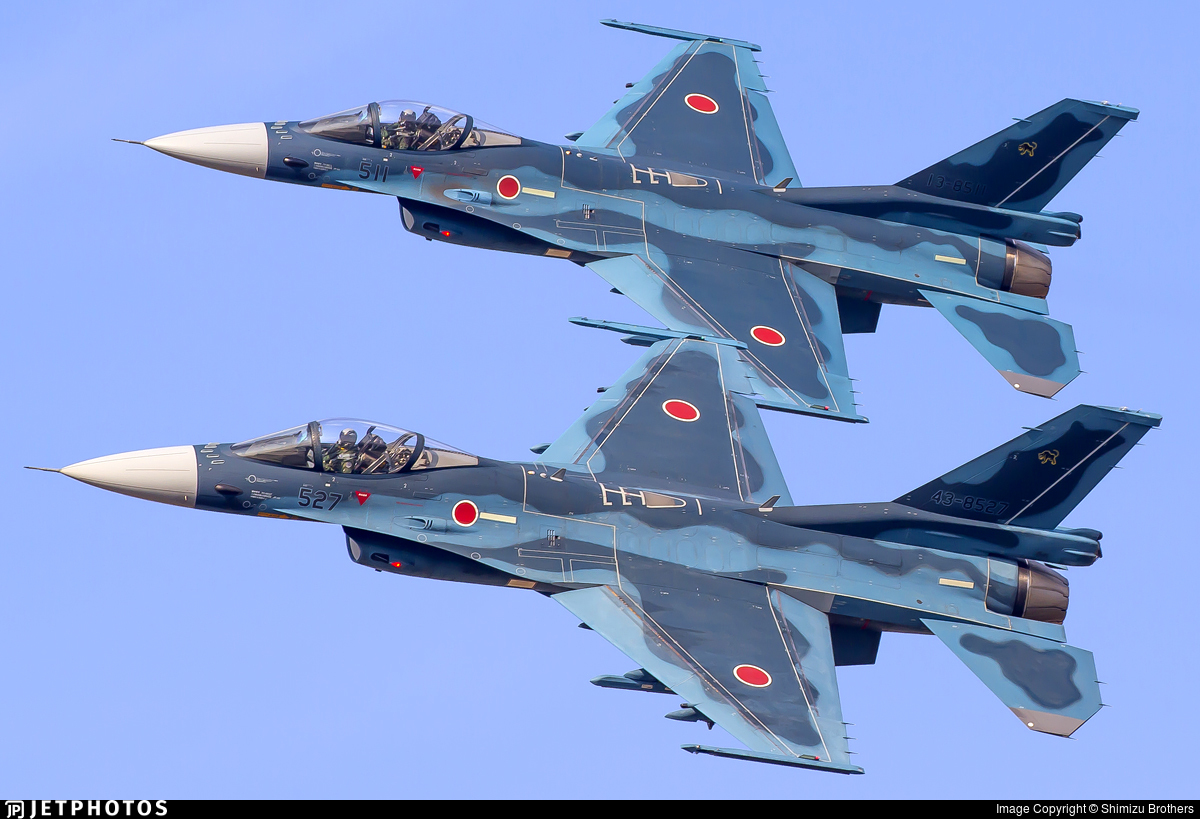
Dassault Rafale: The French Sensation
The Dassault Rafale, a product of French engineering, has earned its place as one of the most versatile multirole fighters in the world. Equipped with a delta wing and canard configuration, the Rafale combines agility with a robust array of weaponry and sensors. Its fly-by-wire technology and aerodynamic design allow it to excel in air-to-air combat, air-to-ground strikes, and reconnaissance missions.
One of the Rafale’s distinguishing features is its ability to carry and launch nuclear missiles, giving France a credible nuclear deterrent. Furthermore, its impressive sensor suite, including the RBE2 AESA radar, makes it an outstanding platform for situational awareness, ensuring it can dominate the modern battlefield.
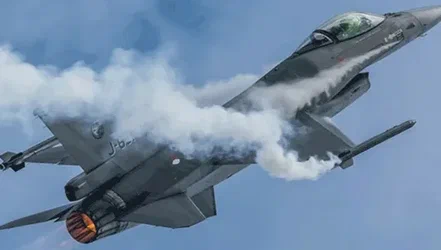
Saab Gripen: Sweden’s Agile Contender
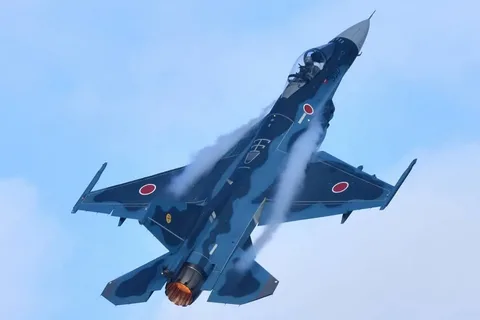
The Saab Gripen is a testament to Swedish innovation in the field of military aviation. Its delta wing design provides exceptional agility, while its small size and lightweight construction make it a cost-effective and adaptable option. The Gripen’s versatility is showcased in its ability to perform air-to-air combat, ground attacks, and maritime reconnaissance.
The Gripen’s strength lies in its affordability and ease of maintenance, which have made it a popular choice among smaller nations seeking modern air force capabilities. Additionally, the Gripen E model incorporates advanced avionics and sensors, ensuring it remains a relevant and capable contender on the global stage.
Eurofighter Typhoon: The European Powerhouse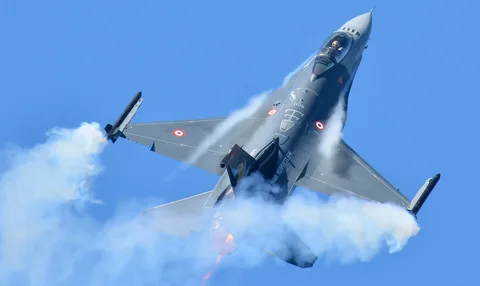
The Eurofighter Typhoon represents a collaborative effort between several European nations, including the United Kingdom, Germany, Italy, and Spain. This multirole fighter boasts an aerodynamically advanced delta wing and canard configuration, making it highly maneuverable and adaptable for various missions.
The Typhoon’s advanced technology includes the CAPTOR AESA radar and integration with advanced air-to-air and air-to-ground weaponry. It excels in air superiority and air defense roles and has demonstrated its capabilities in various combat scenarios, making it a cornerstone of Europe’s air force capabilities.
Comparing the Dance of the Delta Wings
While each of these delta-winged fighters offers unique strengths, a comparative analysis is essential to appreciate their individual merits and shortcomings. The Rafale stands out with its robust sensor suite and nuclear capability, making it a formidable force. The Gripen excels in affordability and ease of maintenance, appealing to smaller air forces. The Typhoon represents a collective European endeavor, providing outstanding air superiority and air defense capabilities.
The choice of which delta-winged fighter to employ depends on a nation’s specific requirements, budget, and strategic objectives. Each of these aircraft has carved a niche for itself, and the dance of the delta wings continues to shape the modern landscape of military aviation.
Conclusion
The Dassault Rafale, Saab Gripen, and Eurofighter Typhoon represent a stunning display of engineering prowess and innovation in military aviation. Their delta-winged designs, coupled with advanced technology and versatile capabilities, have solidified their status as formidable assets in the world of air combat. As they continue to grace the skies, these aircraft remain at the forefront of air force capabilities, each bringing its unique qualities to the grand dance of the delta wings.

